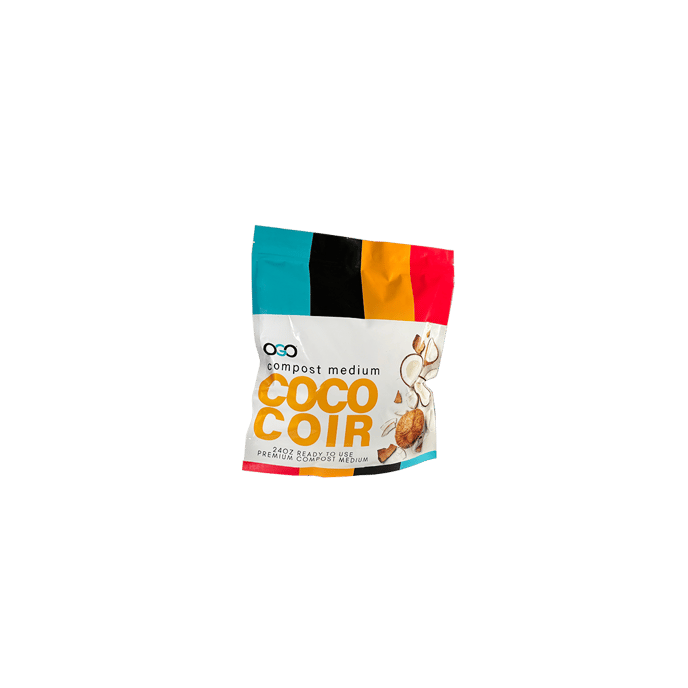Everything you need to know about your solids bin and probably something you didn't.
The OGO™ ORIGIN was built for real life—off-grid cabins, full-time RVs, boats, and vans. Managing solid waste with it is clean, quick, and easy, once you know the basics. Here’s how it works.
Watch More Videos on Our YouTube Channel | Watch on YouTube
How to Empty the Solids Bin
You can remove the bin in one of two ways:
-
Top access: Lift the lid and housing, then lift the bin straight out.
-
Front access: Unhook the drawer locks, remove the urine bottle, and pull the bin out from the front.
Use whichever works best for your space.
Once it’s out, you have options:
-
Compostable bag method: Use a 4-6 gallon compostable bag or plastic bag. Place over bin and turn bin upside down. Tap solids bin on the bottom and sides to break up mixture for easy dumping.
-
Toss it in the trash (if allowed).
-
Or empty it into a long-term compost pile.
-
-
Direct dump method: Skip the bag and empty the contents directly into your compost site.
Compost reminder: Waste continues to break down after it leaves the bin. Full composting takes 6–12 months. Rotate piles and balance your compost with dry materials like leaves, food scraps, or wood chips for best results.

What Compost Medium to Use
The compost medium mixes with waste to reduce odor and start the breakdown process. For the OGO™ ORIGIN, the right medium is key.
Use:
-
Coco coir (recommended)
-
Sphagnum peat moss (a good alternative)
Avoid:
-
Wood chips or shavings
-
Straw or hay
-
Cat litter
-
Sawdust
-
Grass, leaves, soil, ash, pine needles
These materials can clog the agitator or reduce airflow, leading to odor or damage.
Use about 24 oz. of medium per fill. It should be light, fluffy, and just slightly damp—never soupy or powder-dry. A little moisture helps mix everything smoothly and breaks down toilet paper better.
We sell 24 oz. pre-moistened coco coir bags for convenience. Or, grab a dehydrated brick at any garden center—just rehydrate and portion it out.
Coco Coir vs. Peat Moss
-
Peat Moss is easy to find, light, and absorbent. Use it damp, not wet.
-
Coco Coir handles moisture better, lasts longer, and is more consistent. It’s the best choice if you're using your toilet frequently or full-time.
Why the Power Agitator Matters
Hand-cranked compost toilets work—but only until the bin fills up and gets hard to turn. The OGO™ ORIGIN skips all that.
Just press a button. The 12V agitator mixes the compost and waste for 45 seconds, evenly and cleanly. No strain, no guesswork, no smell.
Refilling the Solids Bin

To refill:
-
Add 24 oz. of compost medium.
-
Slowly pour water along the sides of the bin (not in the center).
-
Mix lightly, aiming for a damp, airy texture.
Tip: The bin isn’t watertight. Add water slowly to avoid leaks. If the mix dries out or gets dense over time, add a splash of water to fluff it back up.
Keep the lid closed when not in use, and always make sure airflow is running.
Final Word
Managing solid waste with the OGO™ ORIGIN is easy.
Use the right medium, keep it slightly damp, push a button, and you’re done.
No cranking. No black tank. No stress.
Just a smart, clean system that works—wherever you take it.
